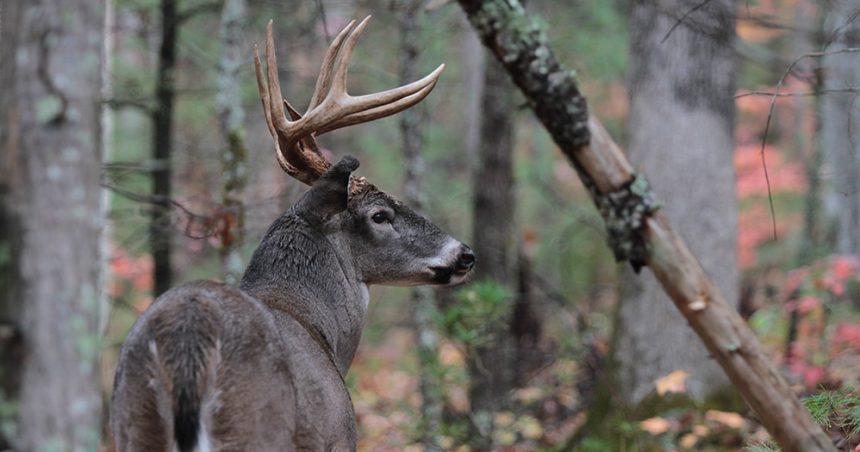Mississippi wildlife officials are looking to keep the public updated on current chronic wasting disease (CWD) management zones statewide.
CWD is a highly contagious and fatal ailment among deer populations that damages portions of the wild animal’s brain and typically causes progressive loss of body condition, behavioral changes, excessive salivation, and ultimately death.

In Mississippi, CWD management zones are established in areas where a reported case of the deadly disease has been reported in deer. To keep the disease from spreading, officials have set specific rules in place in the regions where CWD has been confirmed.
Carcasses may not be transported outside of any CWD management zone. Research has shown that decomposed carcasses of infected animals can also contribute to transmission when prions bind to soil and plant material. The movement of carcasses could introduce CWD into previously uninfected areas. Any harvested deer may be taken directly to a taxidermist or meat processor within the CWD management zone.
Hunters may only transport a deer head outside of a Mississippi Department of Wildlife, Fisheries, and Parks-defined CWD management zone to a permitted taxidermist participating in the CWD collection program.
A CWD sample number must be obtained from the participating taxidermist before transporting the deer head outside of the management zone. This sample number must accompany the deer head while in transport and be available for inspection by law enforcement upon request. The deer head must be delivered to the participating taxidermist within five days of receiving the sample number.
Supplemental feeding — including salt licks, mineral licks, and feeders — is banned in all CWD management zones. Direct contact with prions is the most effective means of transmitting CWD. Research indicates saliva may have the highest concentration of prions.
To minimize the concentration of deer and the potential spread of CWD, supplemental feeding is banned within all management zones.
- North Mississippi Management Zone
- Includes all portions of Alcorn, Benton, Desoto, Lafayette, Marshall, Panola, Prentiss, Tate, Tippah, Tishomingo, and Union counties.
- Only portions of Coahoma, Quitman, and Tunica counties are defined as areas south of Highway 4; areas east of Old Highway 61 to the intersection of Highway 49 (Lula); areas east of Highway 49 to the intersection of Highway 278; areas north of Highway 278; and areas west of Highway 3.
- Issaquena Management Zone
- Only portions of Issaquena County are defined as all areas east of the Mississippi River, and all areas south of Highway 14. This also includes all portions of Warren County and Claiborne Counties.
- Harrison Management Zone
- Includes all portions of Harrison County west of Hwy 49, all portions of Hancock County east of Highways 53, 603, and 43; and all portions of Hancock County east of Nicholson Avenue.
More information on CWD management zones can be found here.







